All-terrain vehicle "Burlak": a car for a trip to the North Pole
The currently planned expedition can be considered a logical continuation of the trip, which took place in the spring of 2009. Then, a team of enthusiasts led by Vasily Elagin on the Emelya cars for 38 days overcame more than 2 thousand km and got from Severnaya Zemlya to the pole. After that, the travelers were taken away by helicopters, and the equipment had to be left at the end point of the expedition. Later V. Elagin organized several other expeditions, and also became one of the ideological inspirers and organizers of the currently planned.
The engineer and traveler Alexey Makarov became the direct author of the idea of the Transarctic Expedition. At the end of the last decade, he developed and built the Makar all-terrain vehicle, on which he made several long runs and reached Cape Chelyuskin. Later A. Makarov proposed to organize a new expedition to the North Pole. The result of this proposal was the development of the project Burlak all-terrain vehicle. The necessary documentation for this project was prepared in 2014.
Last year, the Burlak all-terrain vehicle and the entire program as a whole received support from the traveler and merchant Maxim Belonogov. He helped with financing the construction of new technology, so that in the fall of 2015, a new car began to be embodied in metal. To date, the efforts of all enthusiasts new high-end equipment completed and went out to test in the real off-road conditions of the Northern Urals and the Arctic.
Since the beginning of November last year, members of the Transarctic Expedition Car have regularly published news about the progress of work. At first they talked about building an experienced Burlak, and in recent days they are writing about the progress of the first test run. Since then, the main features of the new project have been revealed and some ideas have been announced that will allow the prospective all-terrain vehicle to successfully solve all the tasks.
According to the authors of the project, the concept of the BTR-60 armored personnel carrier is at the heart of the Burlak project. Some ideas and solutions relating to the power plant, transmission and chassis were borrowed from the old project of the combat vehicle. In addition, it was decided to use ready-made components that have proven their performance. Thus, some components and assemblies were borrowed from the "base" armored personnel carrier and civilian SUV Toyota Land Cruiser. At the same time, the authors of the project developed some of the products from scratch or ordered subcontractors. The transfer case and some other transmission units, in particular, have a similar origin. The required low pressure tires had to be specially ordered from one of the Chinese companies.
"Burlak" is a three-wheel all-wheel drive all-terrain vehicle designed to transport people and goods off-road and water. Through the use of various ideas and solutions, the machine not only provides for overcoming difficult routes, but also allows the crew and passengers to be located in comfortable conditions.
The new all-terrain vehicle received a body of a characteristic shape formed by a set of straight-line panels. This design allowed to ensure the fulfillment of all requirements, as well as to simplify the manufacture of new units. To accommodate all the required units and volumes, the hull is formed by two main blocks: a relatively narrow lower unit containing the power plant and transmission, and the upper one with a cabin and a passenger compartment.
According to reports, the case is assembled on the basis of a steel frame to which aluminum sheets of plating are attached with rivets. The body is sealed, which allows the machine to overcome water obstacles by swimming. For access to the cockpit and passenger seats, two front, left side and aft doors are provided. To preserve heat and work in the Arctic, the body is insulated using foam and other synthetic materials.
The housing has a curious layout related to the optimization of the design and the simplification of the maintenance of the machine’s units in difficult conditions. The entire upper volume of the hull is given for the accommodation of the crew, passengers and cargo, while in the lower part the power plant and transmission are located. Engine (type not reported) horsepower 145 mounted in the stern of the machine. Inside the habitable compartment, hatches are provided for access to the power plant, allowing maintenance and repair, regardless of weather conditions and without leaving the car.
The six-wheeled chassis with all-wheel drive should provide the movement of the machine on any surface. Low-pressure tires with a diameter of 1,75 m and a width of 0,72 m are used to improve traction with the supporting surface. Wheels with similar large tires give the all-terrain vehicle a distinctive appearance and also help to steer confidently on different soils, on snow or on water. The wheels are mounted on an independent lever suspension with spring shock absorbers.
Since not only difficult land areas, but also water barriers will be in the way of the all-terrain vehicle, a propeller screw driven by the engine is provided in the aft hull of the hull. If it is necessary to force a river or other obstacle, it is proposed to use a screw that provides a high speed of movement. An additional means of increasing the mobility of the car is a winch on the front bumper. With its help, in particular, Burlak will be able to get out of the water on difficult parts of the coast.
The future Automotive Transarctic Expedition and preliminary tests will last for a relatively long time, which places specific demands on the technology. In addition to the terrain and other driving characteristics, Burlak should be distinguished by good ergonomics and the ability to provide long autonomous work of the crew. To do this, the car provides comfortable passenger seats with the ability to spend the night, the volume to accommodate various supplies, a compact gas stove with an extractor for cooking, as well as a number of other equipment, up to a small shower.
The new car has a total length of about 6,6 m, width 2,9 m and height 3,2 m with wheels with a diameter of 1,75 m. The weight of the all-terrain vehicle is declared at the level of 4 t. Other technical characteristics, such as speed or power reserve, payload, etc., while not announced.
Assembly of the first all-terrain vehicle "Burlak" began in October last year. By November, a large part of the hull was manufactured, which should have been checked and modified. By mid-December, enthusiasts set about installing internal equipment, insulation, electrical systems, etc. At the very beginning of 2016, suspension units were installed on the case. In addition, the installation of internal units continued, and the hull painting was also launched. Already at this stage of the assembly was the first start of the engine.
By the end of January, all suspension parts were installed in their places, and preparations for mounting the wheels began. Finishing of internal volumes was carried out, and also new products were made for installation in the housing. In mid-February, the car was almost ready. At this time, the first checks of the engine, transmission and other units began. Interestingly, by this time the project "Burlak" received the support of one of the manufacturers of motor oils. Ravenol has provided cold oil for enthusiasts. For obvious reasons, it was not immediately possible to conduct a full inspection of the oils, however, further testing of the machine in difficult conditions will allow testing new fuels and lubricants.
At the end of February, the first test run of the all-terrain vehicle took place, according to the results of which it was decided to make some changes to the suspension design. After that, the car again entered the test track and, according to the authors of the project, proved to be better than expected. Tests were carried out both on the ground and on the water, including the rise on the ice. The successful completion of the assembly and the first tests allowed to begin preparations for the first expedition with the participation of Burlak.
The first severe tests of the all-terrain vehicle in the conditions of real roads launched 15 March. The Burlak and Makar cars were loaded onto trailers and sent from Yekaterinburg to Ivdel, from where they had to go on their own. The next morning, the technician got to the starting point of the race. The approximate route of the expedition is announced. From Ivdel, off-road cars will head north, overcome Dyatlova Pass, pass on the Manpupunyor Plateau, and also cross the Ural Range in the vicinity of Narodnaya Mountain. From there, travelers will go to Vorkuta, after which they will go to the Baydaratskaya Bay (Kara Sea). The return route will run through Salekhard. The end point of the run is Ekaterinburg. The trip will take about three weeks.
During the first day of the autonomous journey, all-terrain vehicles of the participants in the race managed to overcome several hundred kilometers and crossed the border of the Khanty-Mansiysk Autonomous District. In a few days, the expedition is expected to arrive in Vorkuta, from where it will move to the shore of the Baydaratskaya Bay. It should be noted that the vehicles participating in the race are equipped with satellite navigation systems and regularly report their position. Thus, with the help of a special service, everyone can follow exactly where the team of enthusiasts is currently located.
Currently, there is only one all-terrain vehicle "Burlak", which is currently being tested in real northern off-road conditions. After the completion of the current expedition, the team of A. Makarov and M. Belonogov plans to build a second such car. Perhaps, according to the results of testing the first prototype, some adjustments will be made to the project aimed at improving the characteristics of the equipment. In this case, the new all-terrain vehicle can be built on the updated project, and the old one will be upgraded.
In 2017, two cars must take part in a new run together. This time they will have to reach the polar station on the Severnaya Zemlya Archipelago, from where the 2018 Transarctic Expedition of the Year is scheduled to begin. To do this, they will have to go along the route New Urengoy - Dudinka - Dikson - Pyasinsky Bay - Cape Sterlegova - Taimyr Strait - Cape Chelyuskin - Bolshevik Island - October Revolution Island - Golomyanny Island. After returning home, enthusiasts will begin direct preparation for a trip to the North Pole. In 2018, it is planned to repeat the 2017 journey, as well as to lay a new route from Fr. Golomyannogo to the North Pole.
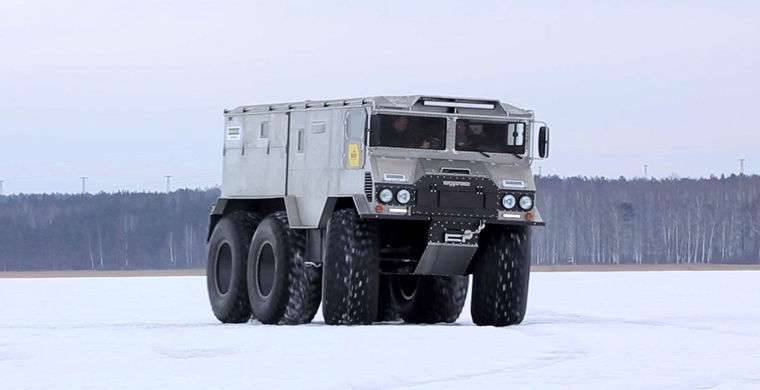
"Burlak" on the first trials
Currently, the official website of the Transarctic Automobile Expedition states that the run to the North Pole will start in more than 680 days. This means that the start of the expedition will take place at the end of January 2018. Whether enthusiasts meet these deadlines - time will tell.
As you can see, not only recognized industry leaders are able to create new special-purpose equipment. The Burlak project is a good example of what amateur engineers are capable of, wishing to create and create new equipment. In recent years, in our country, enthusiasts have created several projects of high-traffic machines, but the “Burlak” by A. Makarov is of particular interest. This all-terrain vehicle was originally intended for the expedition to the North Pole and was developed taking into account the solution of a similar problem, quite bold for amateur engineering.
Understanding the complexity of the task, the organizers of the Automotive Transarctic Expedition decided to start testing new equipment with preliminary runs on the difficult routes of the Northern Urals and the Polar region. At present, the first experienced Burlak is moving along this route. Next year, already two cars will have to make an even longer journey and get to Severnaya Zemlya in order to go to the North Pole in 680 days.
Will the team of travelers succeed in fulfilling all their plans without changing the existing schedule, while it’s too early to speak Nevertheless, the existing experience and new equipment allow us to count on the successful completion of all planned runs and expeditions. In the meantime, in anticipation of the future expedition to the North Pole, you can follow the ongoing work and test run on the shore of the Kara Sea.
On the materials of the sites:
http://autoarctic.ru/
http://moya-planeta.ru/
http://vz.ru/
http://tass.ru/
Tracking "Burlaka" during the current run:
http://share.findmespot.com/shared/faces/viewspots.jsp?glId=0kKFPtKOnX4HBB57Jk5mYNMKtGKZO79UP
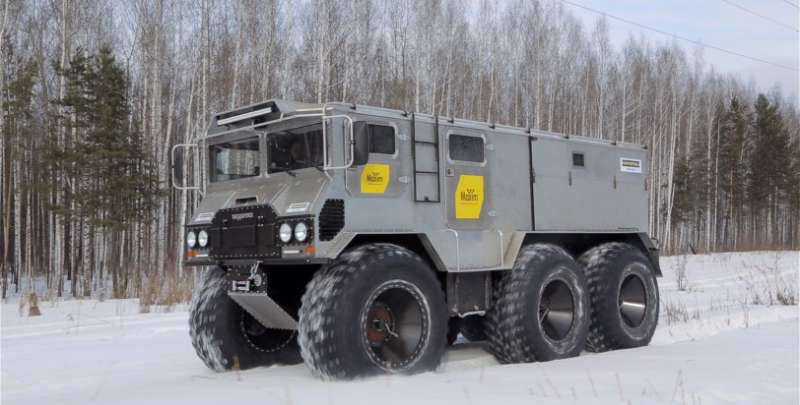
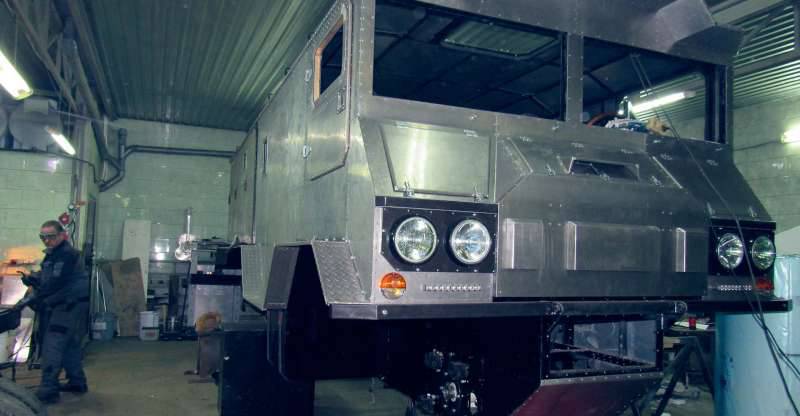
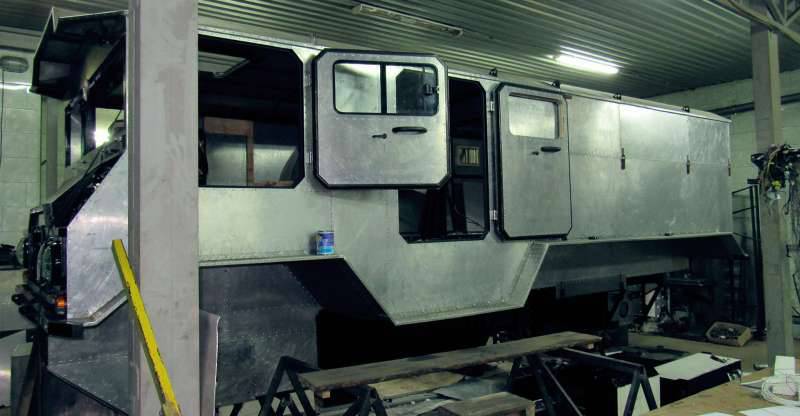
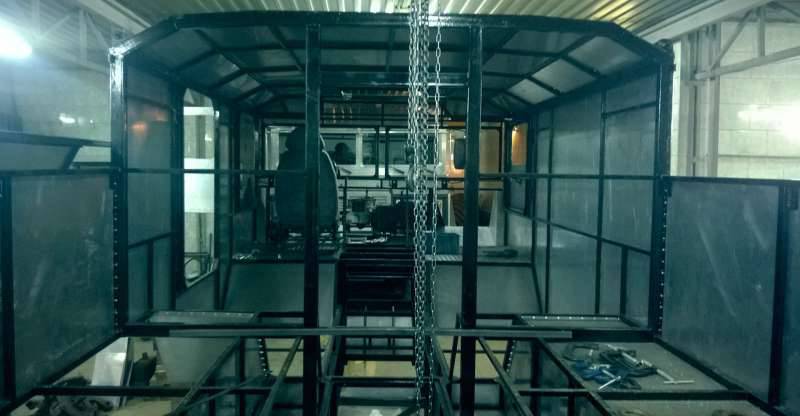
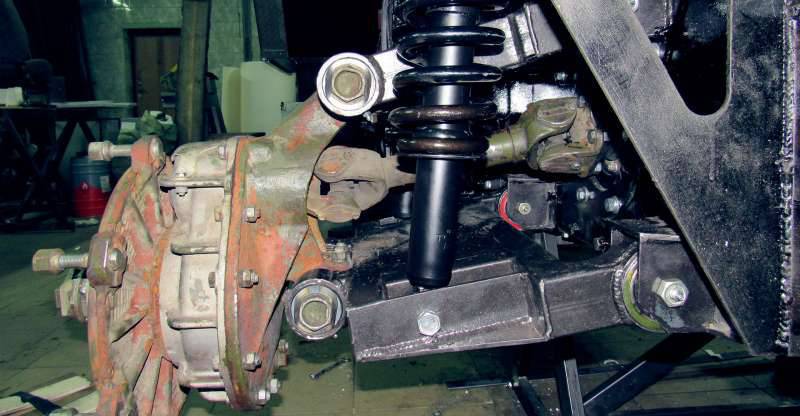
Information